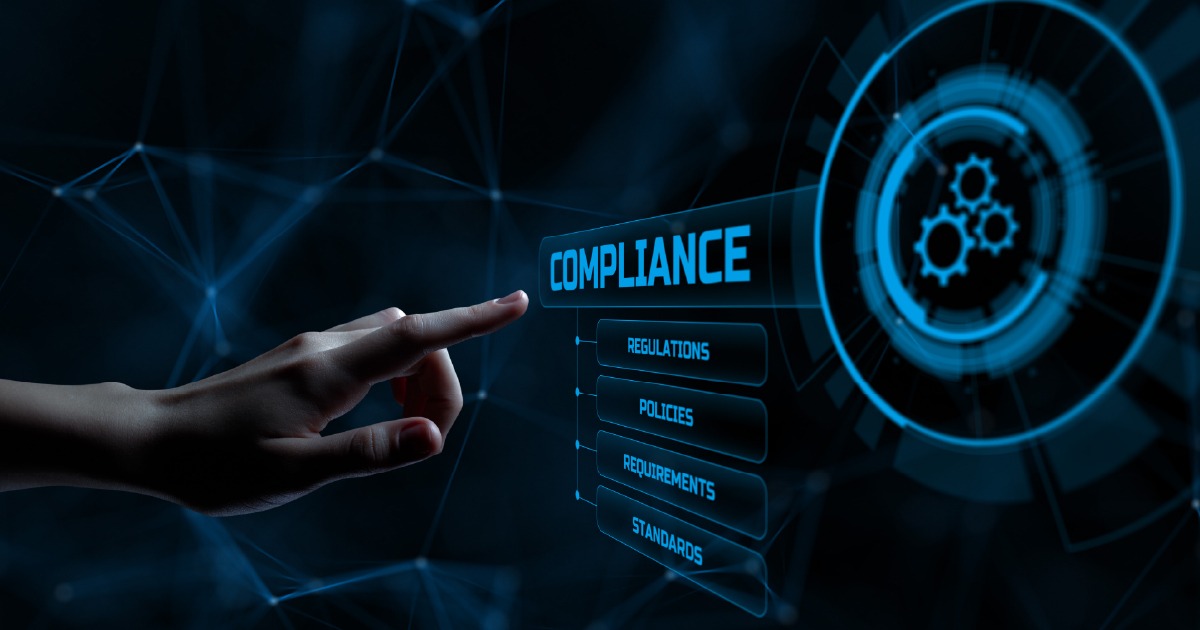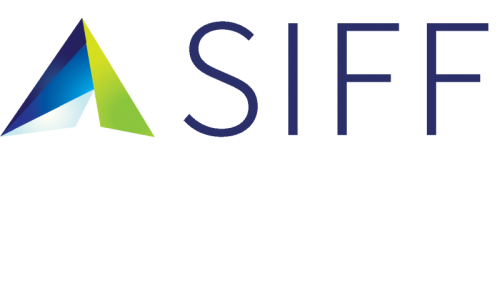The modern digital landscape is only getting more and more complex. Network management isn’t what it was yesterday, and tomorrow is likely to be different than it is today.
Compliance is vital for effective network management. And successful business leaders – in addition to security and network engineers – understand how important it is to continuously value and solve this puzzle.
Change is a universal concept, and managing it requires a holistic approach that takes all sides into consideration. A methodical and holistic approach to navigating and handling change is the most successful approach – in business, technology, or a combination of both.
In today’s complex landscape, centralized network configuration management helps operational efficiency, but it is crucial for governance, risk, and compliance (GRC). We recommend a process that not only simplifies the creation and review of change tickets, but also provides real-time visibility into what has changed, when, and by whom. This unparalleled insight is essential for audits and serves as an invaluable asset for ensuring compliance!
With this process, you can effortlessly distinguish between planned and unplanned changes, allowing for swift identification of potential malicious activities or human errors. By centralizing all configuration monitoring, you can empower your organization to navigate the challenges of automating compliance policies while making informed decisions.
The most successful businesses need to adopt this concept – or else they run the risk of outages due to changes, similar to what happened to Salesforce earlier this year. How much of your bottom line are you willing to sacrifice?
Below, we’ll break down the three ways that you can enhance compliance and why a unified approach to centralized network configuration can significantly improve the overall health of an organization.
Way #1: Enhance Network Governance with a Unified Approach
Network Operation Centers (NOCs) manage a multitude of network technologies, vendors and tools. Managing modern operations and network configuration involves handling various environments beyond traditional networks – including servers, VMs, security, containers, and the cloud. The challenge is to maintain network configuration consistency across this multifaceted landscape. Most operation centers no longer just manage the network!
You must have a unified view to help maintain compliance by ensuring all network configurations are aligned with government and industry regulations. This ensures enterprises and organizations are staying ahead of any changes or adjustments in how regulations work.
For effective governance, you need to have a unified approach to monitoring configuration changes and how policies are applied. It’s okay to have fragmentation or multiple tools to configure your environment, but for governance and change monitoring, a unified configuration change monitoring approach is required to complement existing tools.
- Acquire a Centralized View for Holistic Management: Foster integration and unified collection to establish a centralized view that extends beyond network management to include diverse traditional and hybrid-cloud environments.
- Align Regulations and Standards: Maintain compliance by ensuring all configurations align with government and industry regulations as well as internal best practices while integrated seamlessly with various systems in your organization.
- Gain Efficiency in Security and Compliance: Enhance efficiency by centralizing network configuration change monitoring that streamlines compliance with security standards and audits.
Way #2: Accelerate Troubleshooting and Reduced MTTR
Reducing Mean Time to Repair (MTTR) is a crucial aspect of compliance and security for network configuration. In fact, it’s one of the most important measurements for network configuration. It cannot be understated how lengthy network outages and system vulnerabilities can pose severe risks.
It’s vital to understand the difference between day-to-day issues and major outages, because it ensures that teams know how to appropriately react and differentiate between routine operational hiccups and potential security risks. Swift response to identifying and resolving incidents reduces risks and enhances security.
- Accelerate Troubleshooting for Compliance Enhancement: Focus on reducing MTTR to enhance compliance while supporting engineers by rapidly identifying root causes during major outages and segregating them based on their nature – malicious or otherwise.
- Distinguish Day-to-Day Problems from Major Outages: Highlight the difference between day-to-day operational issues and major outages and the importance of recognizing whether they were a part of planned activities or unexpected deviations.
- Minimize Outages for Improved Security and Compliance: Reduce network outages by successfully analyzing change data.
When a major outage happens, you want a unified approach on your side. It not only aids in identifying the root of the cause faster but also helps in the compliance process by providing insight to the nature and severity of the incident.
Way #3: Ensure Compliance with Security Standards and Audits
What are you measuring your compliance against? Do you have a true understanding of what security standards you’re up against? This is where having one process can help organizations stay on the right path – but they might not even know they need it.
This approach helps ensure compliance with security standards and audits through not just advanced policy enforcement but also by simplifying the process by offering an audit trail for all configuration changes.This multifaceted methodology makes it a powerful mechanism for maintaining even the most strict compliance regulations!
This allows organizations to promptly detect and respond to potential security incidents. Through this approach, your business is empowered to stay vigilant and agile in the face of evolving security threats.
- Strengthen Compliance and Security Measures: Understand the significance of detailed configuration reporting and change control mechanisms for maintaining toughest compliance standards while fortifying security.
- Real-Time Visibility for Enhanced Security: Utilize the visibility to know what has changed, when, and by whom, enabling immediate detection and response to potential threats.
- Efficient Compliance Enforcement: Streamline policy and reporting processes, integrating seamlessly with GRC (Governance, Risk, and Compliance) efforts, helping organizations adhere to security standards and audit requirements.
Think Forward: Increase Your Awareness of Centralized Configuration Change Monitoring for Organizational Success
Central network configuration is a pivotal step in achieving robust compliance and security. For effective governance, the configuration and change monitoring should be unified to enable a standardized approach to automate security policies and configuration best practices.
In our modern world, an organization’s strength hinges on the reliability of its network infrastructure and its ability to adapt to both planned and unplanned changes. Are you operating at the pinnacle of efficiency? Do you meet compliance benchmarks with not just the confidence but the real-time data to back it up? Is your network truly secure against evolving threats?
Elevating your configuration change monitoring abilities with SIFF is the key to achieving operational excellence while also enhancing security.
Are you ready to elevate your configuration management strategy? Learn how SIFF can revolutionize your infrastructure by elevating configuration monitoring to an art form – contact us today.


